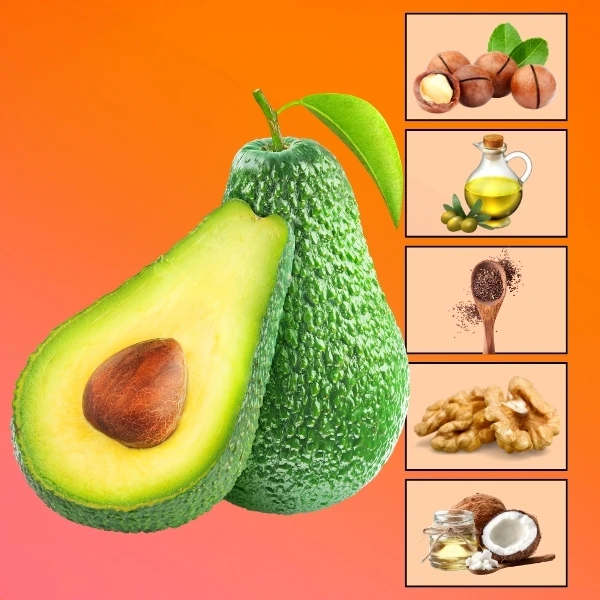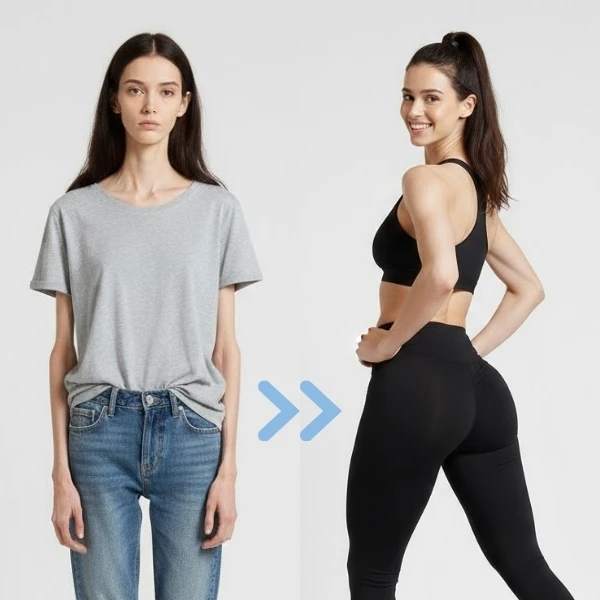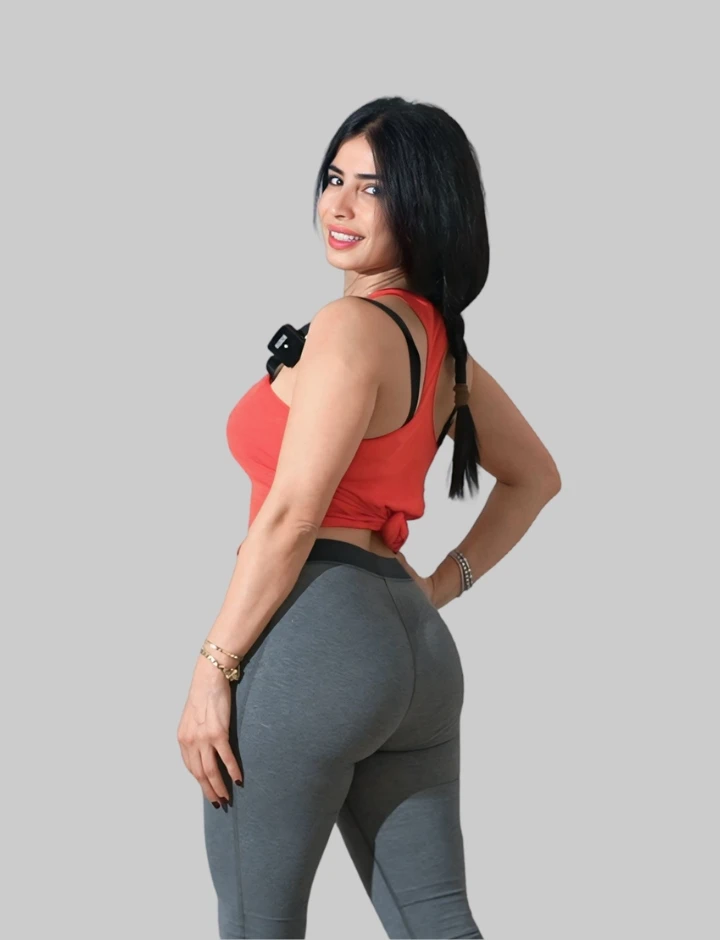
لنبدأ رحلة التغيير مع برنامج نيومي المتميز ، به سنساعدك في تحرير قدراتك الكامنة و الوصول إلى جسم أحلامك مع دعم الفريق الخبير ستكون أولويتنا مساعدتك بتعزيز ثقتك بنفسك داعمين لك في كل خطوة على طريقك للجسم الهدف.
انضم إلى نيوميبرنامج رحلة السعادة نيومي خصوصيتك هي أولويتنا برنامج الجسم المثالي الذي أثار إعجاب عشرات الآلاف من النساء وساعدهن على تغيير حياتهن بشكل جذري.
أفضل وأسوأ مصادر البروتين الطبيعية | تعرفي عليها
هل تبحثين عن طريقة لتعزيز طاقتكِ وبناء عضلاتكِ والحفاظ على جسم صحي وممشوق؟ إن اختيار أفضل مصادر البروتين الطبيعية له دور كبير في ذلك، ففي ظل كثرة لمعلومات والترويج لمصادر بروتين متنوعة، قد تشعرين بالحيرة: أيها يفيد جسدك فعلاً؟ وأيها مجرد اسم لامع دون فائدة؟
ففي هذا الدليل الشامل من سارة بوب فيت، نساعدكِ على التمييز بين أفضل وأسوأ مصادر البروتين الطبيعية بطريقة بسيطة وعملية لتتجنبي الأخطاء الشائعة وتختاري ما يدعم صحتكِ وجمالكِ بثقة.
ads
ما هو البروتين ولماذا هو مهم؟
يعتبر البروتين حجر الأساس لبناء خلايا الجسم وعضلاته، كما يدخل في تركيب الجلد والشعر والأنزيمات والهرمونات، ويتكوّن من وحدات تُسمّى الأحماض الأمينية، بعضها يصنعه الجسم وبعضها الآخر يجب الحصول عليه من الطعام.
ويوجد نوعان من البروتين:
- البروتين الحيواني: يحتوي على جميع الأحماض الأمينية الأساسية، مثل اللحوم، البيض، ومنتجات الألبان
- البروتين النباتي: لا يحتوي دائماً على كل الأحماض الأمينية الأساسية، لكن يمكن تعويض ذلك من خلال التنويع.
وتتكون هذه الأحماض الأمينية بدورها من ذرات الأوكسجين والكربون والنتروجين والهيدروجين، كما يحتوي بعضها على الكبريت، ويوجد منها 20 نوعًا يمكن أن ترتبط بأشكال وأعداد مختلفة لتعطي هيكل البروتين ووظيفته، وتقسم هذه الأحماض الأمينية إلى:
- الأحماض الأمينية الأساسية: وهي الأحماض التي لا يمكن للجسم تصنيعها بمفرده، بل يجب الحصول عليها من الغذاء.
- الأحماض الأمينية غير الأساسية: وهي تسعة أحماض أمينية يمكن للجسم تصنيعها بشكل ذاتي، ولا يعتمد على الغذاء للحصول عليها.
افضل مصادر البروتين الطبيعية
فيما يلي أفضل مصادر البروتين الطبيعية:
- صدر الدجاج: 23غ بروتين/100غ – مثالي لبناء العضلات
- الأسماك: مثل التونة والسلمون، 25غ/100غ – غنية بالأوميغا 3.
- البيض: 6.3غ بروتين/بيضة – مصدر متكامل وسهل الهضم.
- البقوليات: العدس، الحمص – كوب عدس يحتوي 18غ بروتين.
- الكينوا: كوب مطبوخ = 8غ بروتين.
- الشوفان: 11غ بروتين/كوب – غني بالألياف.
- الحليب الحيواني: 8غ بروتين/كوب – يحتوي على الكالسيوم.
- اللوز: 6 غ بروتين/28غ – غني بالدهون الصحية.
أسوأ مصادر البروتين
أما أسوأ مصادر البروتين الطبيعية، فتتركز فيما يلي:
- النقانق والسلامي: دهون مشبعة وصوديوم ومواد حافظة.
- ألواح البروتين: قليلة البروتين وغنية بالسكريات.
- الزبدة: تحتوي على 1-2% فقط بروتين.
- الحليب النباتي:1-4غ بروتين/كوب – فقير بالأحماض الأمينية.
الكمية اليومية الموصى بها من البروتين للنساء
تحتاج النساء البالغات إلى 0.8غ بروتين لكل 1 كلغ من الوزن، أي ما يعادل تقريباً 48غ يومياً لامرأة تزن 60 كلغ، وقد تزداد في حالات الرياضة والحمل، أو التعافي من الجراحة
ads
أضرار الإفراط في تناول البروتين
هنالك أضرار وآثار سلبية تنجم عن الإفراط في تناول البروتين، وتتمثل ب:
- إجهاد الكلى
- اضطرابات هضمية
- نقص الكالسيوم
- رائحة الفم الكريهة
- تحميل زائد على الكبد
ads
الأخطاء الشائعة عند اختيار مصادر البروتين
تكثر الأخطاء المتعلقة بكيفية اختيار البروتين ولعل أغلب هذه الأخطاء الشائعة تتمثل ب:
- التركيز على الكمية وتجاهل الجودة.
- تجاهل البروتين النباتي.
- إهمال القيود الغذائية الشخصية.
أخيراً اختياركِ لمصادر البروتين يجب أن يكون مدروساً، فالبروتين ليس مجرد رقم على جدول الغذاء، بل هو حجر الأساس لقوة جسمكِ وجمالكِ وحيويتكِ، اجعلي قراراتكِ مبنية على وعي وابتعدي عن العشوائية في الغذاء.
تابعي قناة سارة بوب فيت لتكتشفي المزيد من المعلومات الصحيحة والتمارين المجانية التي ترافقكِ خطوة بخطوة في رحلة الوصول إلى الجسم المثالي.
https://www.youtube.com/@SaraPopFitBestTrainer
الأسئلة الشائعة حول مصادر البروتين الطبيعية
- ما هي الفواكه الغنية بالبروتين؟
الأفوكادو، الجوافة، الكاكايا، والمشمش.
- هل تحتوي البطاطا على البروتين؟
نعم، حوالي 8غ في الحبة الواحدة.
- كم نسبة البروتين في ملعقة زبدة الفول السوداني؟
حوالي 7 أو8 غ
- هل تناول البروتين بكثرة يسبب السرطان؟
تناول اللحوم المعالجة بكميات كبيرة قد يزيد من خطر الإصابة بالسرطان.
المصادر

لنبدأ رحلة التغيير مع برنامج نيومي المتميز ، به سنساعدك في تحرير قدراتك الكامنة و الوصول إلى جسم أحلامك مع دعم الفريق الخبير ستكون أولويتنا مساعدتك بتعزيز ثقتك بنفسك داعمين لك في كل خطوة على طريقك للجسم الهدف.
انضم إلى نيوميبرنامج رحلة السعادة نيومي خصوصيتك هي أولويتنا برنامج الجسم المثالي الذي أثار إعجاب عشرات الآلاف من النساء وساعدهن على تغيير حياتهن بشكل جذري.














